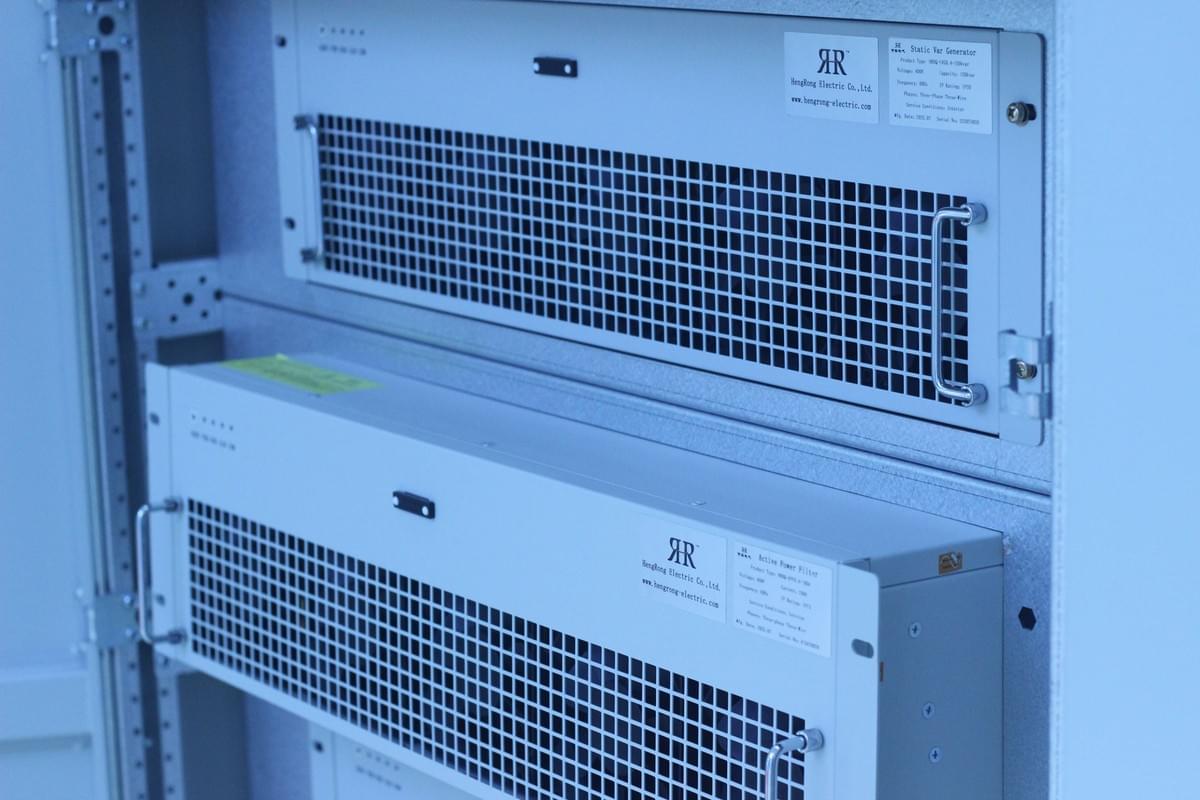
In the operation of power systems, the surge in nonlinear loads has led to increasingly prominent voltage and current harmonic issues, which not only affect the service life of equipment but also reduce the power supply quality of the power grid. Traditional passive filters have defects such as fixed compensation and easy resonance. However, Active Power Filters (APF) have become the core equipment for harmonic control due to their flexible current injection capability. This article will focus on the shunt hybrid APF based on the LQR-PSO (Linear Quadratic Regulator - Particle Swarm Optimization) algorithm, deeply analyze its technical principles, advantages, and practical application effects, and provide a new direction for enterprise power grid harmonic control.
1. Power Grid Harmonic Troubles: Why Has APF Become the Core of the Solution?
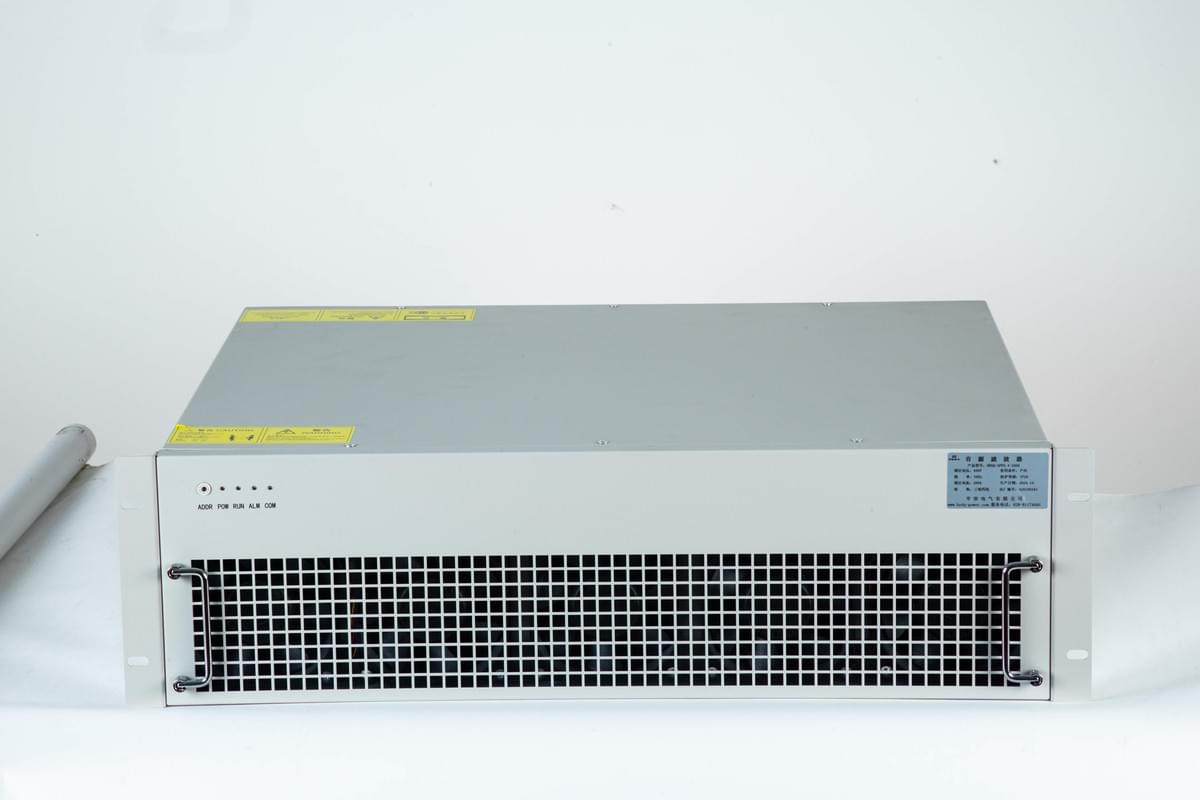
2. Technological Breakthrough: How Does the LQR - PSO Algorithm Optimize the Performance of the Shunt Hybrid APF?
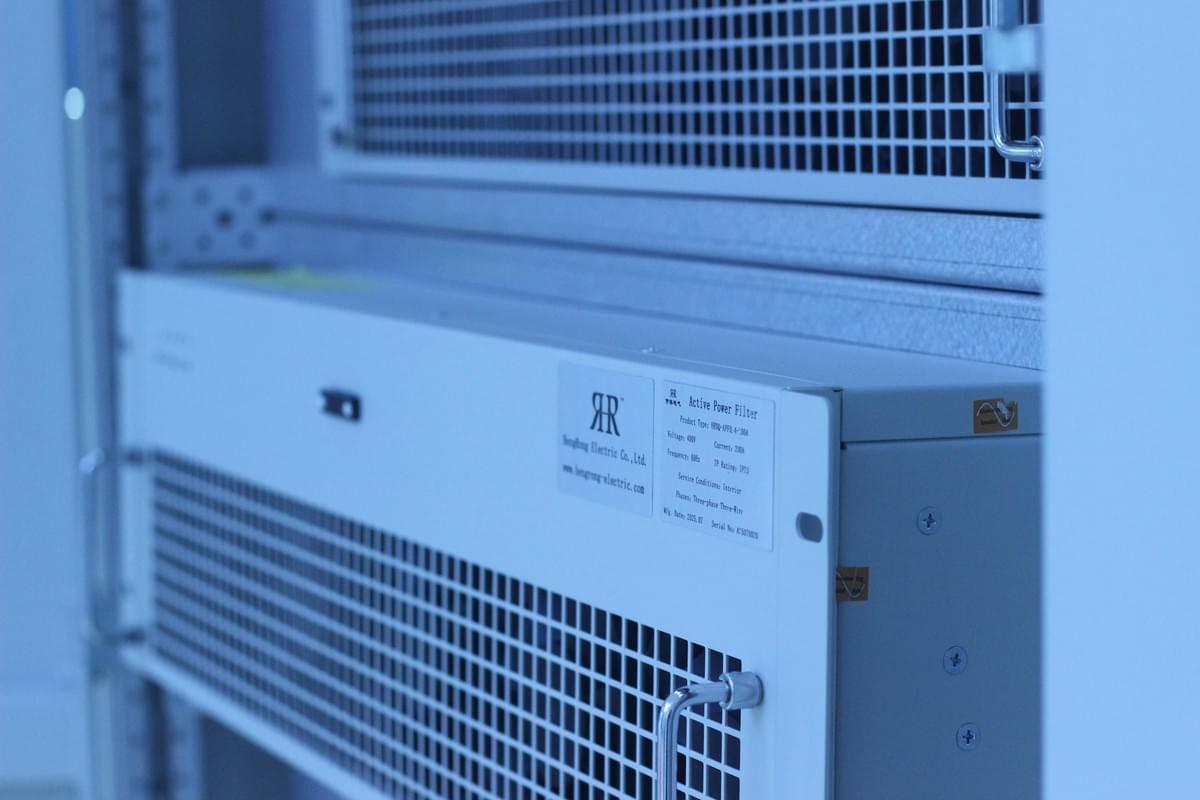
1. LQR Controller: Building an Optimal Control Framework for APF
- Real-time adjustment of the inverter switching state of the APF to generate the required compensation current.
- Suppression of high-frequency ripples generated by the fast switching of the APF to avoid electromagnetic interference to the power grid.
- Maintenance of the stable voltage of the internal capacitor of the APF is required to ensure the continuous and reliable compensation performance.
2. PSO Algorithm: Achieving "Precise Optimization" for APF Control Parameters
- High efficiency: Compared with genetic algorithms and artificial bee colony algorithms, the PSO does not require complex coding and crossover mutation operations. It can search for the optimal solution only by updating the speed and position of particles, which greatly shortens the parameter tuning time.
- Strong robustness: It does not depend on the initial parameter settings. Even if the initial particle distribution is random, it can converge to the global optimal solution, avoiding the performance fluctuation of the APF caused by parameter deviation.
- Good adaptability: It can directly target the topological characteristics of the shunt hybrid APF and take the Integral Absolute Error (IAE) of the filter current and capacitor voltage as the fitness function, ensuring that the optimization goal is highly consistent with the harmonic control needs of the APF.
3. Simulation Verification: What Is the Practical Effect of the LQR - PSO Shunt Hybrid APF?
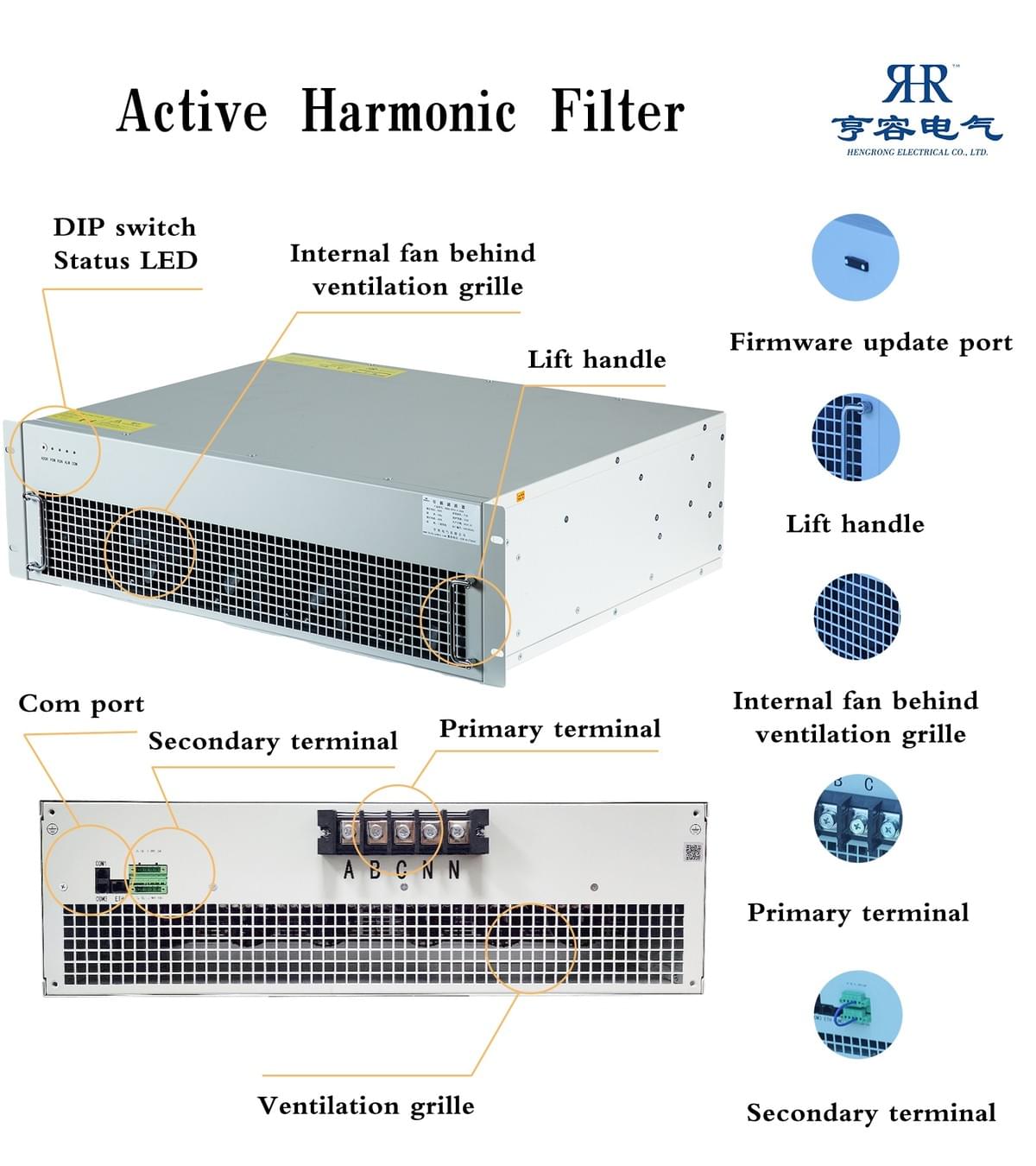
1. Harmonic Suppression: APF Makes Voltage and Current Signals Smoother
2. Capacity Optimization: APF Injection Current Reduced by 95%, Lowering Energy Consumption
3. Response Speed: APF Adapts to Load Changes More Agilely
4. Industrial Value: What Enlightenment Does APF Technology Bring to Enterprise Power Grid Control?
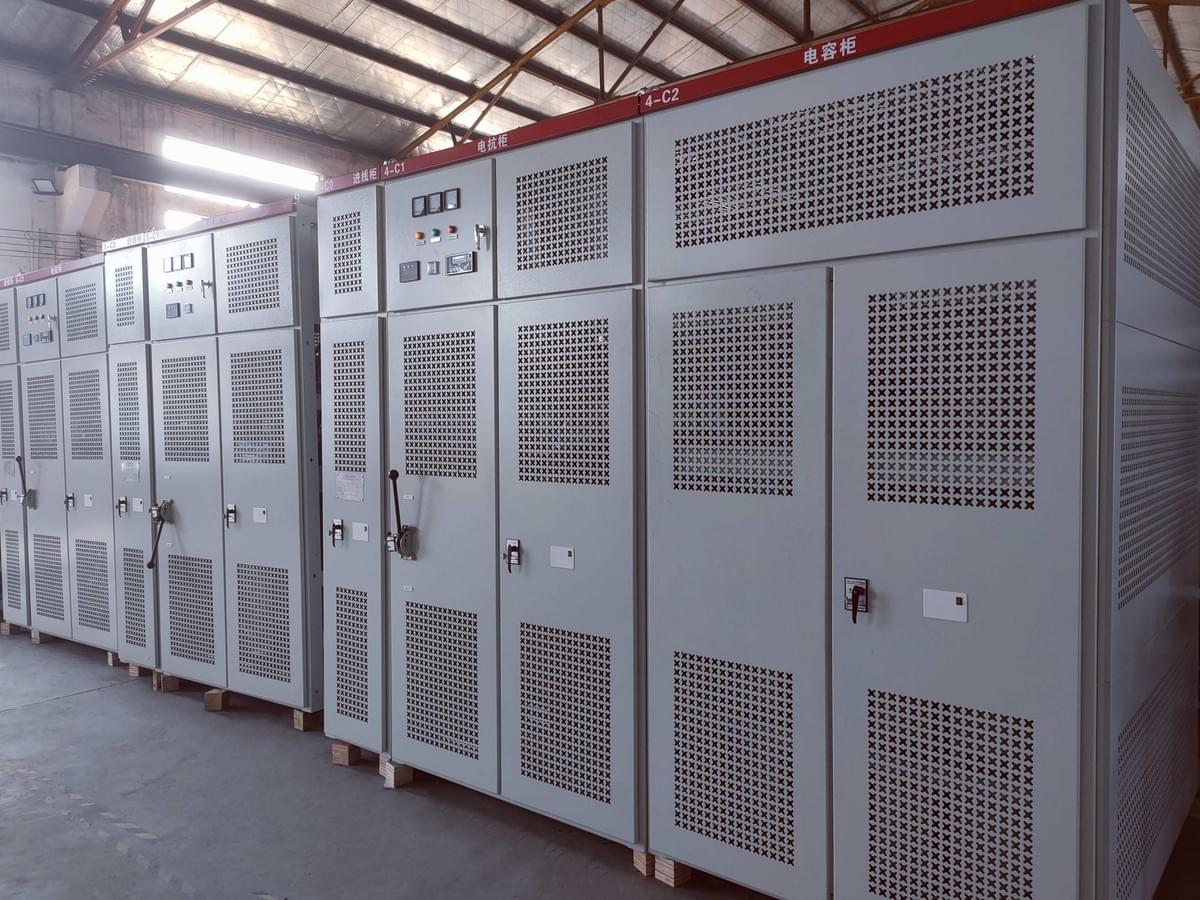
- Cost reduction and efficiency improvement: The 95% reduction in APF injection current directly reduces equipment energy consumption and operation and maintenance costs. At the same time, it avoids equipment failures caused by harmonics and reduces downtime losses.
- Compliance with standards: It helps enterprises meet the national standards for power grid harmonics and avoid fines for substandard power supply quality.
- Flexible expansion: The dynamic compensation capability of the APF can adapt to the future load expansion needs of enterprises without frequent replacement of filtering equipment.
Conclusion
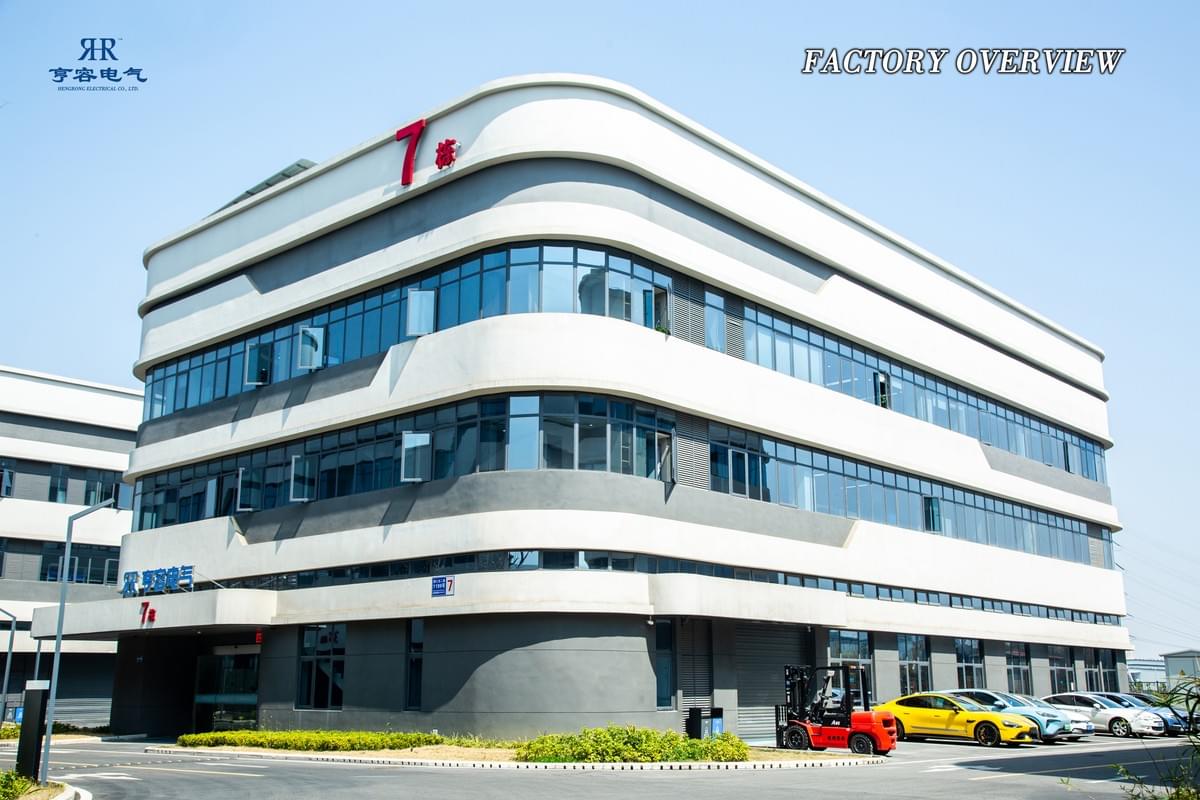
At Hengrong Electrical, we understand that every detail in power control matters. From advanced product design to innovative filtering solutions, we are committed to delivering reliable, efficient, and future-ready technologies. By choosing Hengrong, you gain more than just products — you gain a trusted partner dedicated to helping your business achieve smarter, safer, and greener operations.
